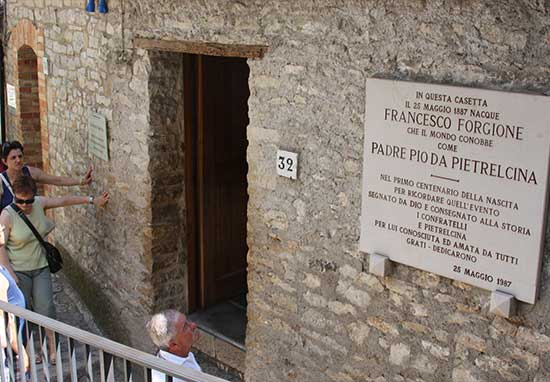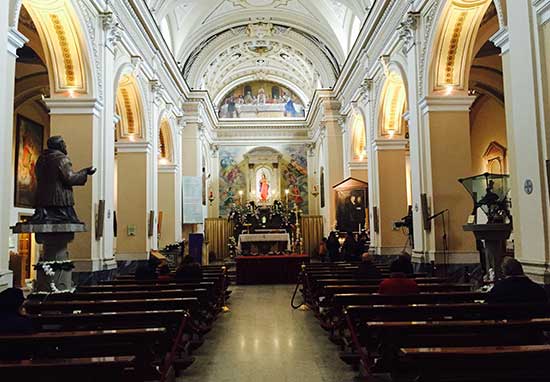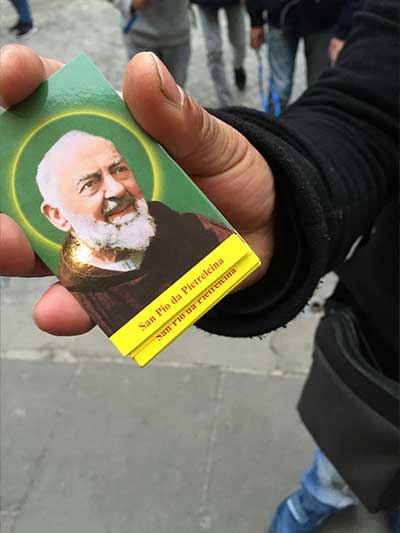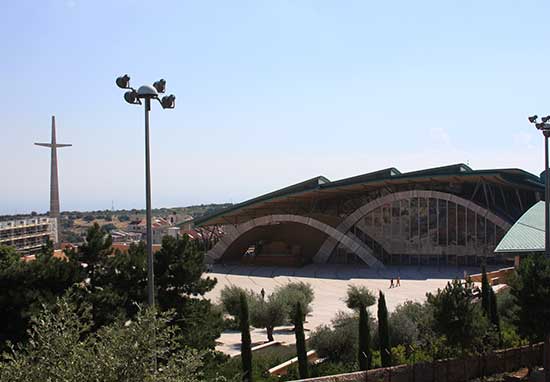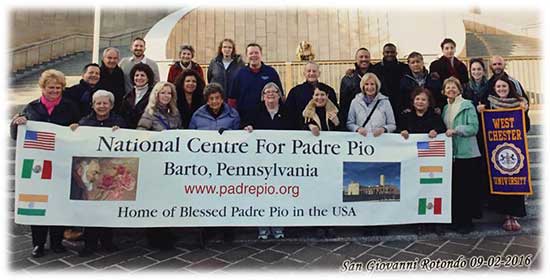Pilgrimage and Devotion to St. Padre Pio of Pietrelcina
Based on over 15 years of multi-sited ethnographic research in Italy, Ireland, and the United States, this is the first truly systematic anthropological examination of the immensely popular devotional cult of Catholic stigmatic and saint Padre Pio of Pietrelcina (1887-1968) from its origins to today. Canonized in 2002, St. Pio was a twentieth century Capuchin priest who has become one of the Catholic world’s “most revered saints”, to whom more Italians, Irish and Filipinos pray than to Jesus, Mary of St. Francis—thanks to his Christ-like suffering and stigmata, supernatural abilities, and the foundation of a technologically advanced research hospital, the Casa Sollievo della Sofferenza, at his monastic home in remote San Giovanni Rotondo, Italy. Today, his devotional cult is a sophisticated and global organization composed of active prayer groups, a shrine complex featuring monuments by Italy’s leading contemporary artist and architects, and a mass media empire that nets over 120 million Euros annually. While in many ways he was (and is portrayed as) a classic Southern Italian saint, a close analysis of the emergence of devotion to him shows that he is a historically and culturally situated product of the tumultuous twentieth and twenty-first centuries, and his meaning to different stakeholders vary according to their varying needs and worldviews.
This long-term study began as dissertation research at the University of Chicago, which was successfully defended on April 23, 2012 and is published through ProQuest. Dissertation research was supported by a 3-year Hanna Holborn Gray / Andrew Mellon Foundation Advanced Dissertation Grant for the Humanities and Humanistic Social Sciences, as well as multiple Doolittle-Harrison Fellowships and Marion & Adolph Lichstern Awards. Between 2008-2010, I conducted ethnographic research among pilgrims in Pio’s hometown of Pietrelcina, as well as at his shrine in San Giovanni Rotondo. In 2009, I led pilgrimages for Joe Walsh Tours, an Irish Tour Operator, which created new venues for understanding non-Italian devotional practices and beliefs towards Padre Pio. Research continues every summer in Italy. From 2013 onwards, I have also conducted ethnographic research and interviews among US devotees, particularly at the National Center for Padre Pio in Barto, PA; but also in Boston, New Jersey and Connecticut. With funding through West Chester University’s Office of Sponsored Research, in 2016 I assembled a team of 5 graduate and undergraduate students to join a pilgrimage by the National Center for Padre Pio to Italy for the Jubilee Year of Mercy in which Pope Francis extraordinarily brought Pio’s body from his shrine in San Giovanni Rotondo for veneration in St. Peter’s Basilica in the Vatican.
During the COVID-19 pandemic lockdown in 2020, I was asked to give a lecture on Padre Pio and healing for the Archdiocese of Philadelphia. The Zoom webinar was highly attended, and today the recording has more than 32,000 views. This added a dynamic to the research—that of virtual pilgrimage and Pio as a “pandemic saint”. While in-person pilgrimages are back to normal, a new online presence of Padre Pio devotion continues to be relevant.
This research has been supported by a number of grants over the years, including a 3-year Hanna Holborn Gray – Andrew Mellon Foundation Fellowship for Advanced Studies in the Humanities and Humanistic Social Sciences; a University of Chicago Overseas Dissertation Research Grant, and a University of Chicago Department of Anthropology Leiffer Fellowship. At West Chester University, research has been supported by a graduate assistantship, a College of Arts and Sciences student engagement grant, and an Office of Sponsored Research faculty-student research grant.
If you or anyone you know has a story about Padre Pio to share, or if you are traveling on a Padre Pio pilgrimage, I welcome you to contact me.

